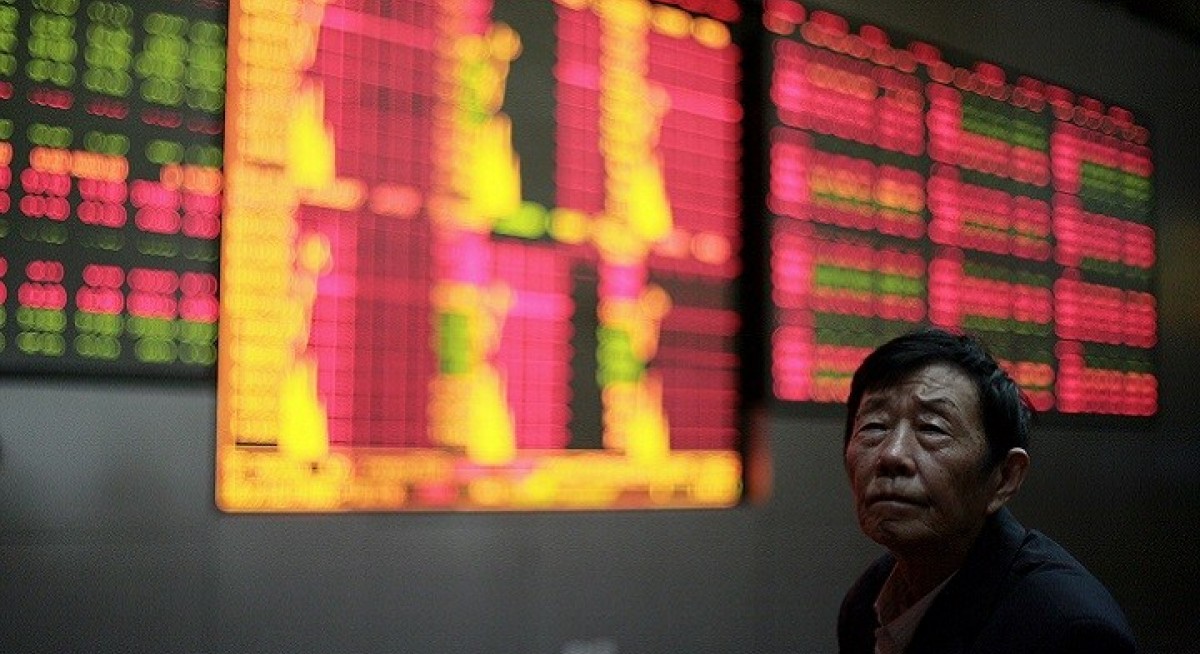A weaker dollar is part of the backdrop. The US dollar index has fallen 6.3% ytd, with Eastspring noting that the greenback’s longer-term trajectory is clouded by widening fiscal deficits, the choice of the next US Federal Reserve chair in 2026 and any developments that could affect perceptions of Fed independence.
“Investors may be increasingly less compelled to add aggressively to their USD holdings and US assets,” write Goh and Fang, citing positioning that turned short USD in 2Q from neutral at end-1Q and long at the start of the year. They also flag term-risk compensation as US supply and inflation rise: “There is room for the long end of the US yield curve to creep higher,” a policy backdrop unlike the post-GFC period when quantitative easing capped yields.
For USD-based investors looking beyond US credit, Asian USD bonds screen well on quality, carry and behaviour through cycles. “Historically, the risk-adjusted excess returns (as measured by the Sharpe ratio) of Asia Pacific investment grade credits have been higher than the US’ over the one-, five- and 10-year periods,” the managers note.
Despite spreads that are tight versus history, Eastspring expects fundamentals to stay robust “given limited corporate exposure to US trade” with most issuers focused domestically. Net USD bond supply is likely to remain negative as onshore funding costs stay well below offshore dollar costs and borrowers retain access to bank financing and loans.
See also: Beyond AI, formal retail, luxury and financial sectors are growth stories to watch next year: HSBC
Volatility characteristics are another draw. “It may come as a surprise that the volatility for Asian IG credits is generally lower than their global IG counterpart’s,” with monthly drawdowns mostly smaller from June 2006 to June 2025 except during the Global Financial Crisis and Covid-19 periods, according to the report’s analysis of index behaviour. Lower realised volatility, coupled with supportive technicals, underpins the case for a core allocation within global credit portfolios.
Local currency markets add a different set of advantages for investors willing to diversify away from the USD. “Subdued inflation as well as higher real yields in Asia make a compelling case for Asian local currency bonds,” say Goh and Fang. Bloomberg estimates compiled by Eastspring show policy easing ahead across the region, “from 15 basis points (bps) in India to 60 bps in the Philippines by 4Q2026,” creating a favourable duration backdrop. Real yields across Emerging Asia “have risen above historical averages”, with India’s nominal 10-year yield more than 420 bps above the latest inflation print and its real yield sitting 2.5 standard deviations above its five-year average.
The Philippines, Thailand, South Korea, Malaysia and Indonesia also show real yields above their five- and 10-year averages, offering a yield cushion versus developed markets and room for capital gains if inflation remains contained.
See also: Stay selective across Europe; diversify beyond AI: Ivy Ng, CIO for Apac at DWS
Liquidity dynamics in Asia have also improved through 2025. Falling short-term money-market rates across key economies reflect flush domestic liquidity and “have resulted in strong demand for Asian duration,” helping to cap yields and reduce volatility relative to developed bond markets. Eastspring also highlights a “structural shift in the CNH market” over the past 18–24 months, marked by rising demand, stronger liquidity and more high-quality issuers.
Chinese investors, facing falling onshore yields and flatter curves, are seeking higher carry and credit duration; “for these investors, CNH bonds is a natural port of call,” with liquidity boosted by increased issuance from high-quality corporates and participation from institutions, insurers and securities houses.
The broad case ties back to portfolio construction. “Given these developments, it is not surprising that bond investors globally are seeking greater portfolio diversification, income and resilience,” Eastspring writes, pointing investors to “look east” for both USD and local currency exposures that can complement existing holdings.
Goh and Fang say: “In a world where traditional safe havens are increasingly compromised by political and macroeconomic uncertainty, Asian bonds stand out as a resilient and rewarding alternative.”
In their view, Asian bonds offer either “attractive real yields and potential currency upside” in local markets or “higher yields, greater policy stability and lower volatility compared to developed market bonds” in USD credit.
This mix of supportive carry, policy tailwinds and improving market microstructure helps explain why Asian fixed income has outperformed developed market bonds year to date, yet still “is not getting the attention it deserves,” the managers argue. With US-centric risks in focus and the dollar’s appeal less dominant at the margin, the allocation case for Asia — both USD credit and local currency — is strengthening on fundamentals rather than on a search-for-yield alone.




